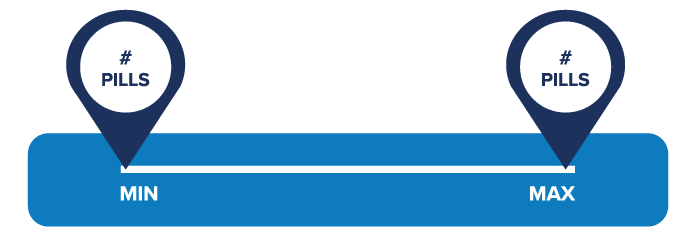OPEN’s Opioid Prescribing Recommendations are designed to spark meaningful conversations between patients and providers, so every pain management plan is tailored to the individual. These recommendations are rooted in research, patient-reported outcomes, and expert consensus. They are intended for patients who haven’t used opioids before surgery. Explore OPEN’s evidence-based recommendations for safer prescribing after pediatric dental surgery below.
Learn more at michigan-open.org/prescribing-recommendations/.
Chung et al. 2018 (Level 3 evidence)
Chua et al. 2021 (Level 3 evidence)
Moore & Hersh 2013 (Level 4 evidence).
When an opioid is needed after surgery, use the OPEN prescribing recommendations as the foundation for a shared decision-making conversation with the patient to determine the best prescription size.
It’s important to note that these are not rigid rules that must be adhered to, but rather recommendations. Starting form a standardized approach and then allowing for individualization helps promote both equity and patient-centeredness.
